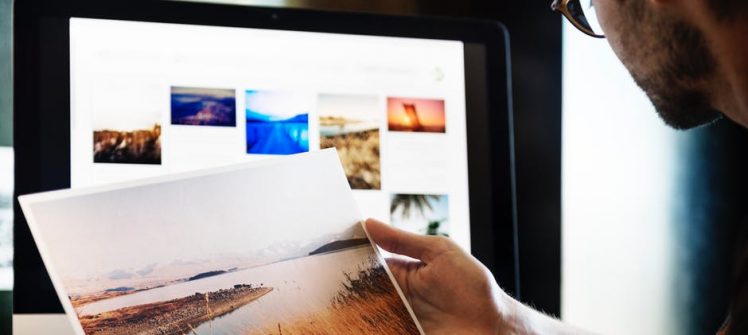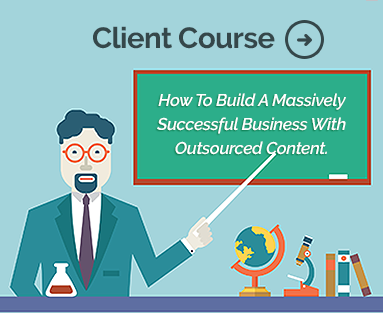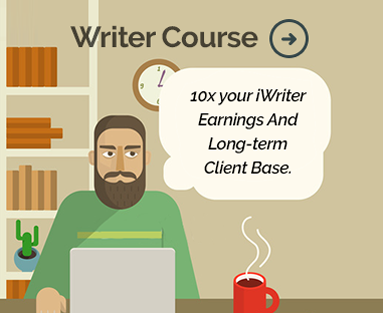Your blog is a fantastic tool to help you reach your audience. It’s where you can share your ideas, promote new products, or just document your day-to-day experience.
But if you’re focusing on your words and your words alone, you’re missing a huge component of blogging: images.
The right photo is every bit as important as what you write, and even plays a role in how many people your blog reaches.
With that said, finding the right blog images can be a complicated and time-consuming process — even if you’re using stock photos.
Read on to learn how you can find the perfect blog images to make your content stand out.
Keep Images Relevant
It would be pretty strange if you visited a sports website and each article’s featured image was a mountain landscape. Relevance matters in your image choice.
Always choose an image or images that fit your post’s topic and keywords.
Let’s say you’re writing about the best hiking spots in your town. That mountain landscape from before may make sense in this context.
Aside from complementing your post’s topic, relevance can impact your SEO. As a web crawler scans your site, it’s going to do its best to ensure that you’re not scraping or spamming content.
In case a crawler finds irrelevant images, it’s going to set off red flags that mean serious business for your blog. If your content ignores SEO standards, your site could be de-indexed.
Grab the Audience’s Attention
Stock images are great for covering a wide variety of topics on a multitude of sites. While this can be a big advantage, especially if you plan on using a stock photo again, it can also be a huge disadvantage.
If you choose the wrong photo, your blog images can come across as bland or boring.
Think about how many times you’ve seen generic images of people sitting around a table in an office. Or a bland photo of a computer and keyboard.
Sure, they’re great for covering broad any number of topics. But that doesn’t mean they’re going to get your audience’s attention.
As you start parsing through images, ask yourself, ‘Would this picture make me stop scrolling?’ If the answer is no, you’ll want to choose a different picture.
Know the Pros and Cons of Free Blog Images
When it comes to stock images, you have an important decision to make. Is it worth paying for a blog image or should you choose a free image?
Truth be told, there isn’t a right or wrong answer here. It’s largely going to depend on a variety of factors, including the scope of your blog and your budget.
Free blog images are fantastic for everyday use, but they come with some caveats. They often look less professional, require more in-depth crediting, and tend to be rather boring.
Paid images, on the other hand, can run you more than you think. Some stock images can cost well over $100, but they appear more deliberate and professional.
Use Photos of People
According to the findings of Nielsen Norman Group, people spend an average of 10-20 seconds on a web page. Now, that in and of itself isn’t that surprising. However, they discovered something rather strange.
According to their findings, visitors spent up to 10 percent more time on a web page featuring photos of people. You only have a few seconds to capture your audience’s attention, so you’ll need to do everything in your power to make it count.
Check the Dimensions
While it’s true that you can toy with image size to fit your needs, you don’t have as much breathing room as you may think. If you choose an image with the wrong dimensions, your photo will either be too large or too small.
That may not seem like a big deal, but it causes a huge distraction and can hurt your credibility.
The right image dimensions depend on the type of web platform you’re using. If your blog is powered by WordPress, for instance, you’ll want to check WordPress’ recommendations.
File Formats Effect Load Time
Dimensions and resolution aren’t the only technical considerations you’ll need to take, though. Even something as seemingly minor as your image file type can have major repercussions.
You’ll typically have three file formats to choose from: JPEG, PNG, and GIF.
For the most part, you’ll want to stick with JPEG images for your blog. They’re often small in size and load within seconds.
PNGs and GIFs are also good to include but have their own drawbacks. PNGs tend to feature more detail, but that results in a larger file size. GIFs are often short animations that can take seconds to load.
Remember, every second counts.
A JPEG image may not have the highest quality, but it loads the fastest while maintaining the integrity of the photo.
Double Check Mobile Optimization
Over half of all web traffic now comes from a mobile device, whether it’s a smartphone or tablet.
As a result, you’ll want to make sure that your blog is prepared for the influx of mobile visitors. Your images should look just as good on your mobile site or app as they do on your desktop site.
Most blogging platforms allow you to test a post before you publish it, so always check that your post looks professional on a mobile device.
Find the Perfect Blog Images Every Time with These Tips
Stock images are fantastic, flexible options for those looking to include high-quality images on their blog. But incorporating these tips can help you find the perfect blog images every time.
Looking for more tips to help you create the best content for your audience? It all starts with a simple idea. Check out our guide on how to come up with new blog post ideas to keep your content fresh!




Comments are closed.